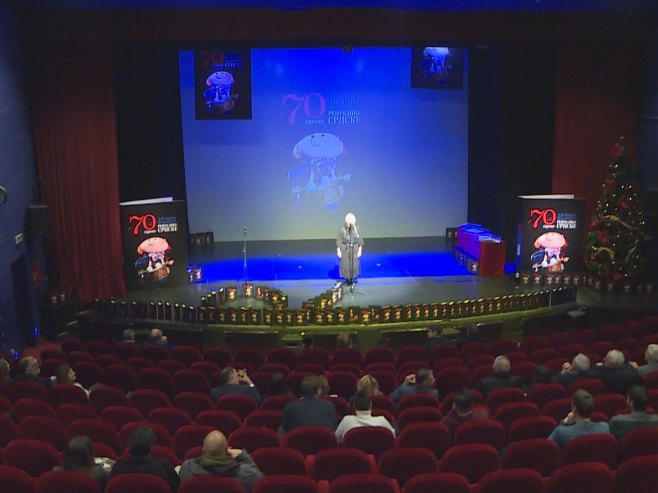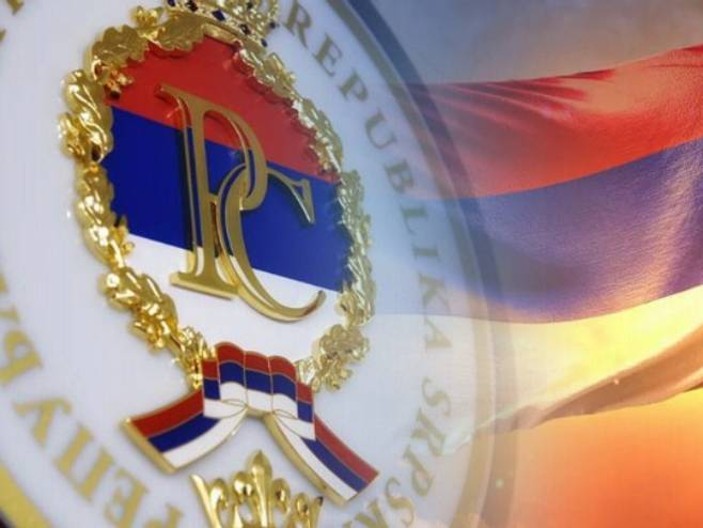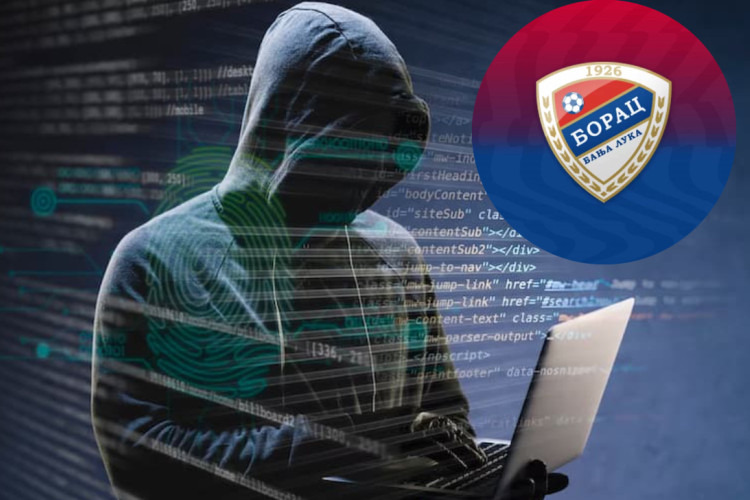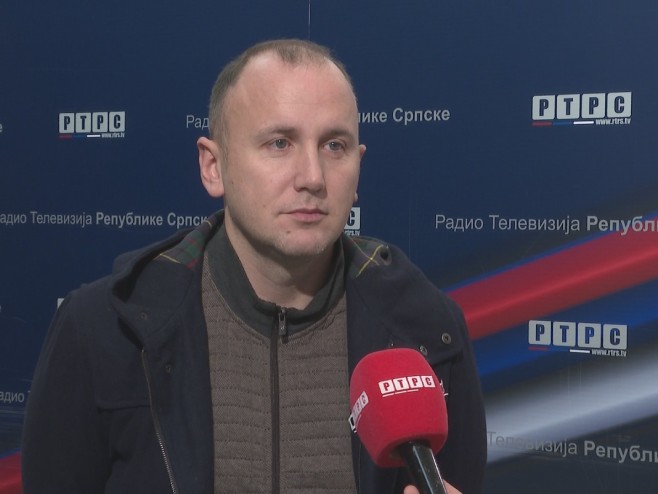Holocaust researcher Gideon Greif emphasized in an interview for RTRS that the Jasenovac camp was a direct result of the malicious, cruel, and brutal regime that existed in the so-called Independent State of Croatia (NDH) from April 1941.
— This horrific, terrifying camp, where at least 700,000 innocent Serbs, Jews, and Roma were brutally murdered, reflects the essence of that cruel regime — a regime that stripped people of their dignity, where human worth was constantly trampled. Jasenovac represents the true face of that evil system — Greif stated.
In his book Jasenovac – Auschwitz of the Balkans, Greif analyzed various camps and their differences, pointing out that in Nazi camps such as Auschwitz, Treblinka, Sobibor, Belzec, and Chelmno, executioners kept their distance from victims — they did not touch them or get close.
— The Ustaše, on the other hand, took pleasure in holding their victims, watching them die, wanting to feel their blood. That is a completely different approach to death and killing. In fact, Ustaša executioners were even more brutal than the Germans. When SS officers visited Jasenovac, they were shocked by the barbaric, savage way the Ustaše killed prisoners. The Germans were ‘sterile’ in their killing — distant and mechanical — while the Ustaše were far more savage and vicious — said Greif.
He stressed an important distinction: unlike the Ustaše, the Nazis did not establish camps specifically for children.
— That is a crucial point. Even the most ruthless Nazis never created camps solely for children without their parents. The Ustaše did. Can you imagine a three-year-old child taken to a camp with no parents — certain death? That is the worst, most inhumane crime humanity has ever seen. That alone speaks volumes about Ustaša atrocities — Greif said.
In 1986, Greif interviewed Auschwitz survivors and wrote We Wept Without Tears, a collection of testimonies from former Sonderkommando prisoners.
— These were special groups of mostly Jewish prisoners forced by the Nazis to work in gas chambers and crematoria. I believe this is the most tragic part of Auschwitz history — of the Holocaust as a whole — to force Jews to assist in the mass murder of their own people. From May 1944, between 10,000 and 20,000 Jews were murdered daily. I repeat — every single day. And the Sonderkommando had to witness and participate under coercion. They committed no crimes — the Nazis were the perpetrators — but they were enslaved into this horrific system. This is an essential part of Holocaust history, and I’m currently working on volumes two and three of We Wept Without Tears, since the first book contained only 7 testimonies, and I interviewed 31 survivors — Greif explained.
When asked about the connection between the Serb and Jewish peoples, Greif pointed out that what binds the two nations is their suffering.
— Both Serbs and Jews have endured — to say the least — the cruel treatment of evil regimes, often under false accusations. The shared history of pain is deeply moving. I see Serbs and Jews as brotherly nations, which is why I feel such a strong connection with the Serb people. I felt it the first time I stepped on Serbian soil 12 years ago — it was a wave of warmth and friendship — said Greif.
Regarding the future of nations who have suffered but never received justice, Greif emphasized that the fight for truth — for Serbs and Jews — is his personal mission.
— The 700,000 murdered at Jasenovac cannot speak. They were killed, and most don’t even have graves. That’s why our fight is also their fight — for truth. Any attempt to revise history is a second murder of the innocent. It’s unjust, and we must not let that happen. It is our moral duty to prevent historical revisionism — because it would be a second execution of those victims. That would be a deep insult to the memory of the 700,000 people who perished at Jasenovac and other Ustaša camps. Historians, journalists, and politicians must stop that from happening — said Greif.
Source: RTRS









